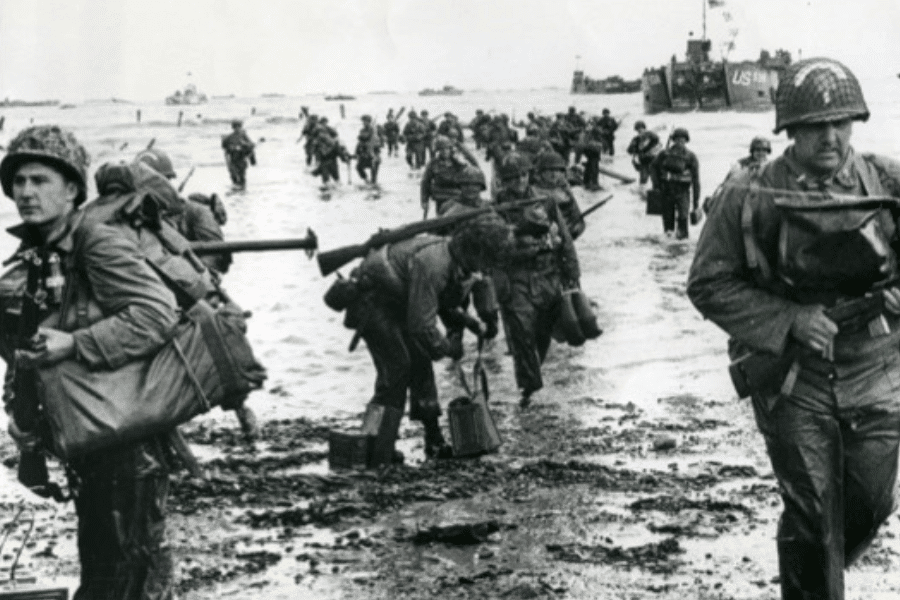
by Tira Shubart | 6 Jun 2024 | Educators' Catalog, France, History, Journalism, News Photography, United States
With the 156,000 allied troops who came ashore at Normandy on D-Day were 500 news reporters armed only with pens, paper, cameras and recording equipment. While hundreds of others move towards the beach in landing craft, American assault troops, with full equipment,...
Accompanying the 156,000 allied troops who came ashore at Normandy on D-Day were 500 news reporters armed only with pens, paper and recording equipment. Correspondent Tira Shubart looks at what it was like to be a war reporter in 1944.
Exercise: Read the article and discuss the dangers journalists faced in the Second World War, the reasons why they chose to report and the difficulties they might have had in reporting. Imagine you are a WWII reporter. Write a journal entry describing a snapshot of what you experienced on a given day. For inspiration, search for photos or articles by Robert Capa, Martha Gellhorn or Lee Miller and use them as a starting point. Think about what happened before and after the article or photo. Keep in mind how the events you experienced had wider, cross-border importance and how your chosen event impacted the world.
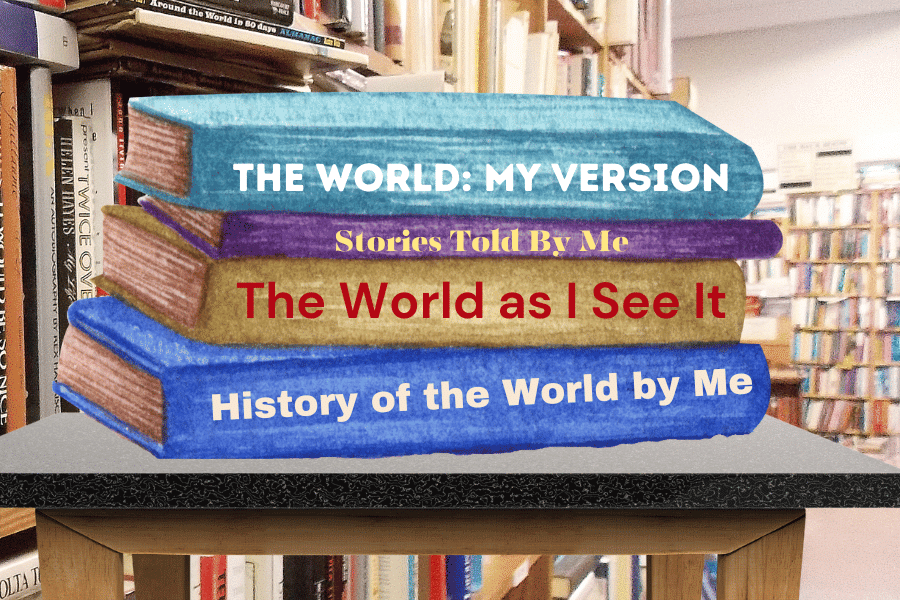
by Marcy Burstiner | 23 May 2024 | Culture, Educators' Catalog, History, Media Literacy
Historians dig up stories that document our past the way archeologists sift through relics. The more they learn the more we realize how much we don’t know. A stack of books in a bookstore that tell only one version of the world. (Illustration by News Decoder)...
Historians dig up stories that document our past the way archeologists sift through relics. The more they learn the more we realize how much we don’t know. News Decoder’s Editorial News Director Marcy Burstiner examines history and the versions of history that we’re told.
Exercise: Explore the idea of stories being told from different perspectives and of certain histories being silenced or underrepresented. Choose a current topic and have students look at it from different perspectives. What kinds of histories might be forged through telling the story in different ways?
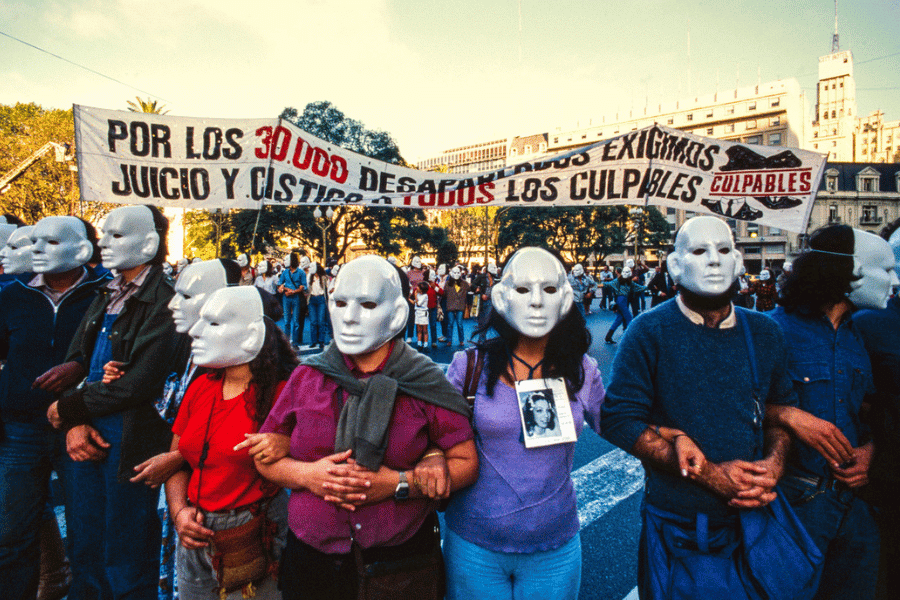
by Enrique Shore | 17 May 2024 | Americas, Educators' Catalog, History, Human Rights, Politics
Photojournalist Enrique Shore captured the work of a commission investigating the disappearance of tens of thousands of Argentine dissidents. Human rights protesters wearing white masks representing the disappeared march in silence in Buenos Aires in 1985. (Credit:...
Photos tell stories. Sometimes they speak louder decades on. Photojournalist Enrique Shore spent time capturing the work of a commission investigating the disappearance of tens of thousands of Argentine dissidents. We take a look at his exhibition, ‘Evidence’, in photos that are as relevant now as ever.
Exercise: Choose an iconic photo or a photo that you like of a current or historic event. What does it represent? Why is it important? Why do you like or dislike the photo? What themes does it deal with? Why is it an important photo? Finish by discussing the difference between writers and photographers. Is how they report on events different? Which role would you prefer?
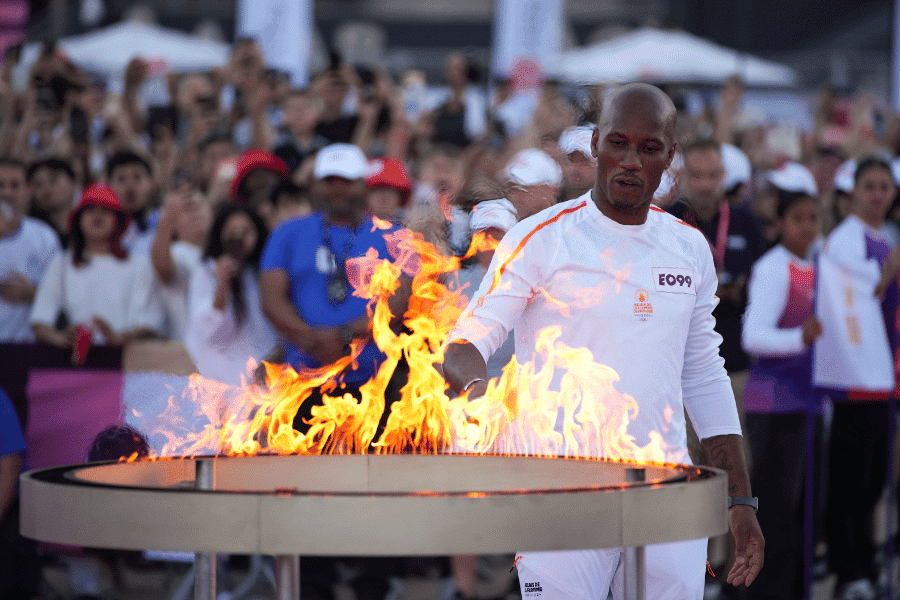
by Paul Radford | 15 May 2024 | Decoder Replay, History, Human Rights, Politics, Sports
Millions of people will cheer their nation at the Paris Summer Olympics. Others shake their heads at its cost. Do the Games still serve a purpose? Torchbearer Didier Drogba of France holds the Olympic torch to light the cauldron at the Velodrome stadium in Marseille,...
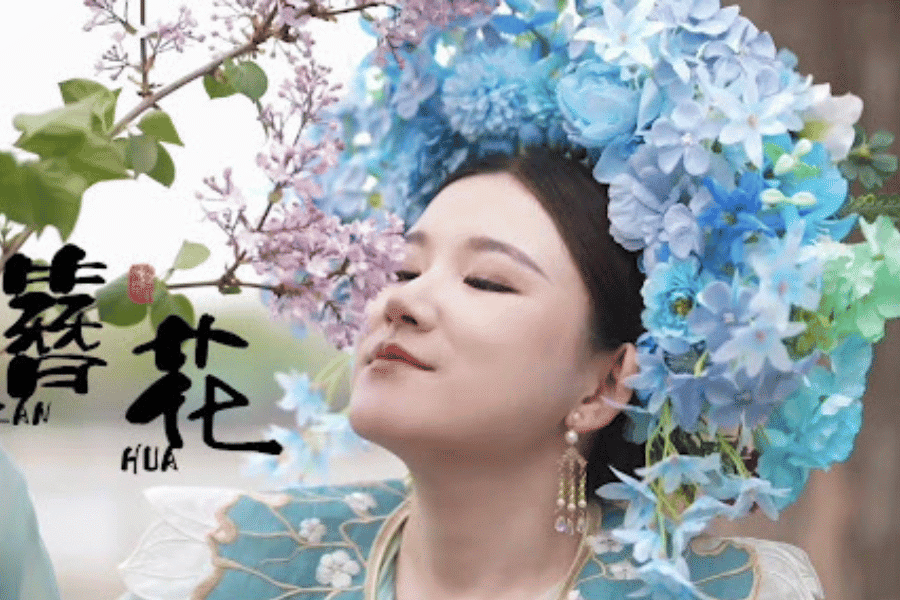
by Yawen Xu | 13 May 2024 | China, Culture, History
“China chic” has millions celebrating China’s glorious past. The number of people traveling to historic sites and tourist attractions is skyrocketing. A woman, Zhu Zhu, wears hairpin flowers on a visit to Quanzhou, China 2 April 2024. Photo provided...
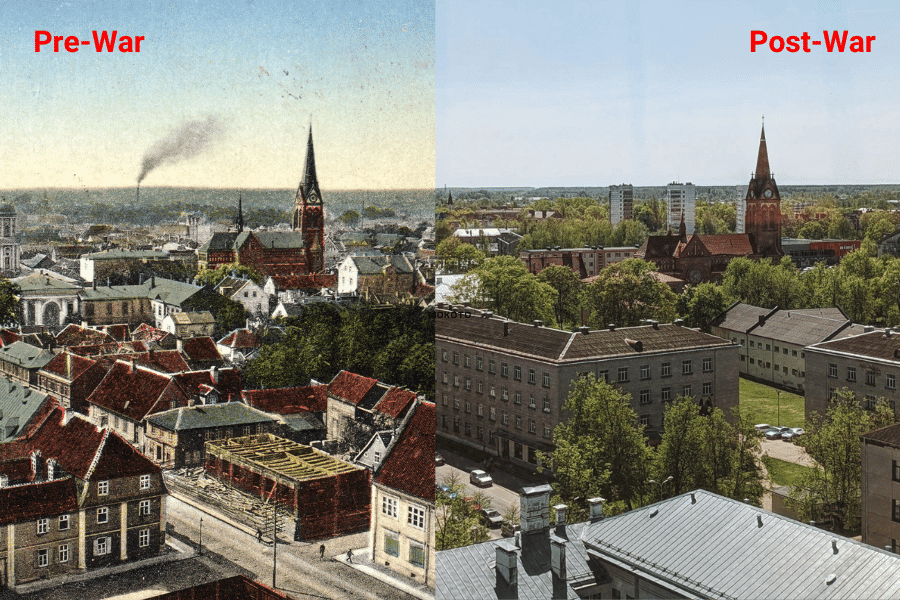
by Sabine Berzina | 9 May 2024 | Europe, History, Politics, Russia, Ukraine
It’s been 34 years since the Soviet Union controlled Latvia, Lithuania and Estonia. But the Ukraine conflict has people thinking: Are we ready for war? Two photos show Jelgava, Latvia. On the left is Jelgava before World War Two (Credit: The Archive of Jelgava...
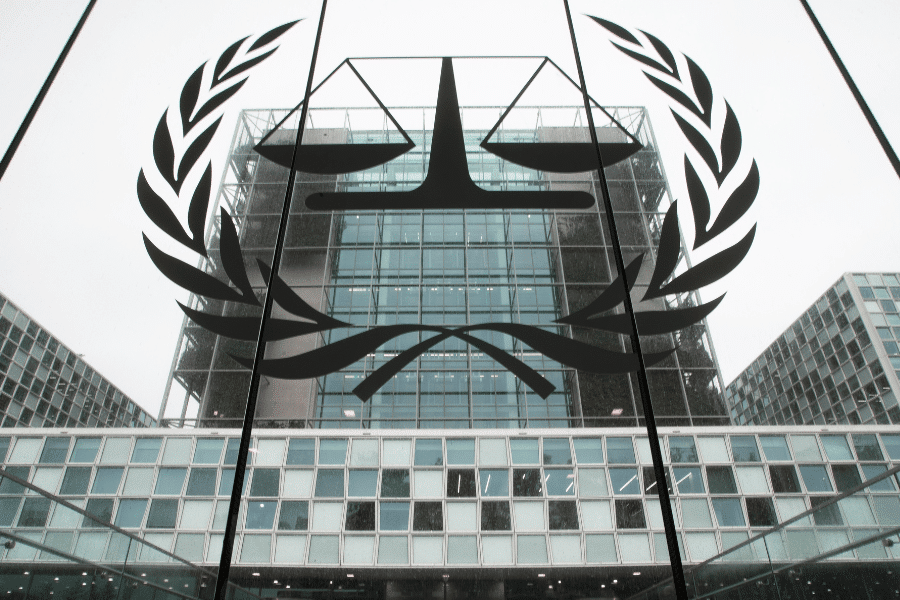
by Bernd Debusmann | 8 May 2024 | Decoder Replay, History, Israel-Palestine, Middle East, Politics
The world’s court can issue arrest warrants against government leaders. But would a country like Israel submit to its authority? The International Criminal Court, or ICC, is seen in The Hague, Netherlands in 7 November 2019 (AP Photo/Peter Dejong) Editor’s...
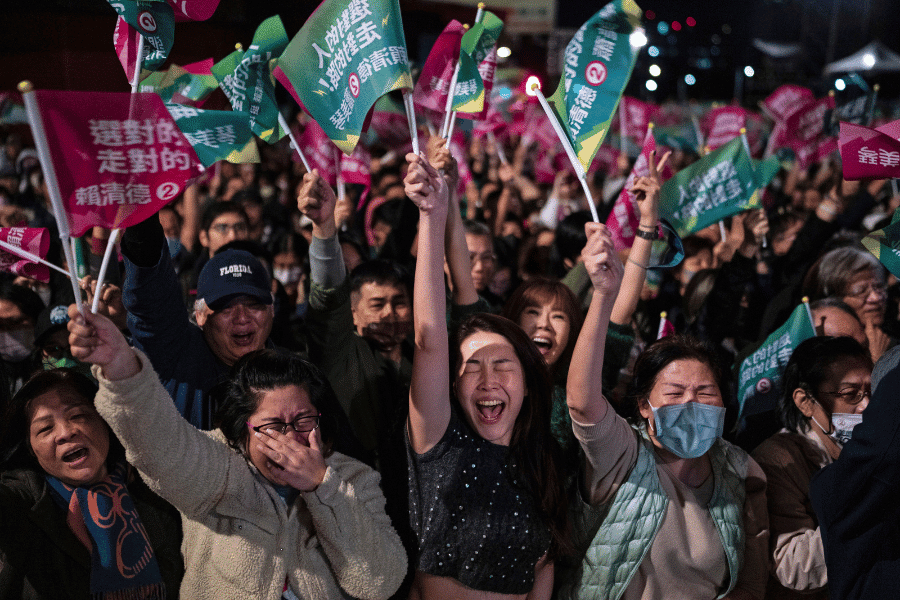
by John West | 7 May 2024 | China, Decoders, History, Politics
Both China and Taiwan are important players on the international stage. But the status quo that has Taiwan enjoying autonomy from China might not last. The crowd cheers at a Democratic Progressive Party rally in Taipei, Taiwan, 13 January 2024. The ruling DPP party...

by Helen Womack | 3 May 2024 | History, Human Rights, Journalism, Russia
In Russia, international press credentials don’t keep journalists out of prison. But how to stop Vladimir Putin from using arrests to spur prisoner swaps? Wall Street Journal reporter Evan Gershkovich, left, stands in a glass cage in a courtroom at the First...

by Daniel Warner | 30 Apr 2024 | Decoders, History, Human Rights, Israel-Palestine, Middle East, Politics
To understand the anger and fear in Israel and Palestine, you have to go back to Israel’s foundation and the lines drawn in the sand. A Palestinian protester argues with Israeli security forces to prevent shooting tear gas at Palestinian protesters during a...










